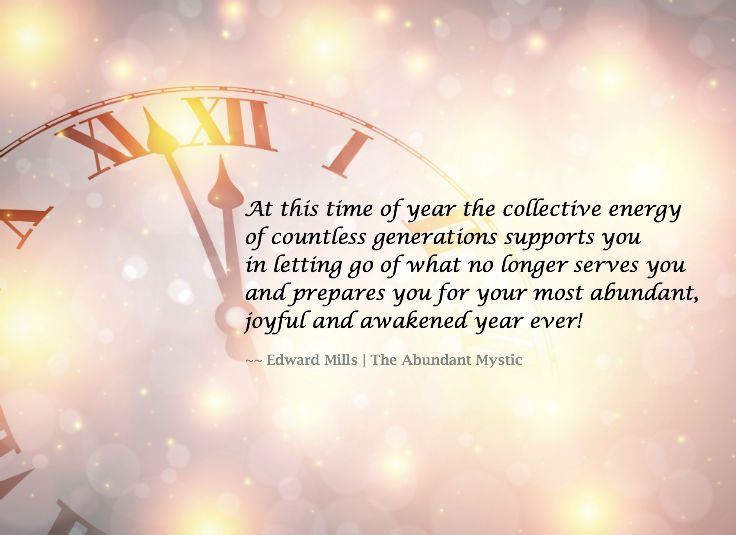
noun
- See under Jewish calendar.
noun
- the lunisolar calendar used by Jews, as for determining religious holidays, that is reckoned from 3761 b.c. and was established by Hillel II in the 4th century a.d., the calendar year consisting of 353 days (defective year), 354 days (regular year), or 355 days (perfect year or abundant year) and containing 12 months: Tishri, Heshvan, Kislev, Tevet, Shevat, Adar, Nisan, Iyar, Sivan, Tammuz, Av, and Elul, with the 29-day intercalary month of Adar Sheni added after Adar seven times in every 19-year cycle in order to adjust the calendar to the solar cycle. The Jewish ecclesiastical year begins with Nisan and the civil year with Tishri.
noun
- the lunisolar calendar used by the Jews, in which time is reckoned from 3761 bc : regarded as the year of the Creation. The months, Nisan, Iyar, Sivan, Tammuz, Av, Elul, Tishri, Cheshvan, Kislev, Tevet, Shevat, and Adar, have either 29 or 30 days. Originally a new month was declared when the new moon was sighted in Jerusalem, but when this became impossible, a complex formula was devised to keep Rosh Chodesh near to the new moon. In addition, to keep the harvest festivals in the right seasons, there is a Metonic cycle of 14 years, in five of which an additional month is added after Shevat. The year according to biblical reckoning begins with Nisan, and the civil year begins with Tishri; the years are numbered from TishriAlso called: Hebrew calendar See also Adar
 Liberal Dictionary English Dictionary
Liberal Dictionary English Dictionary


